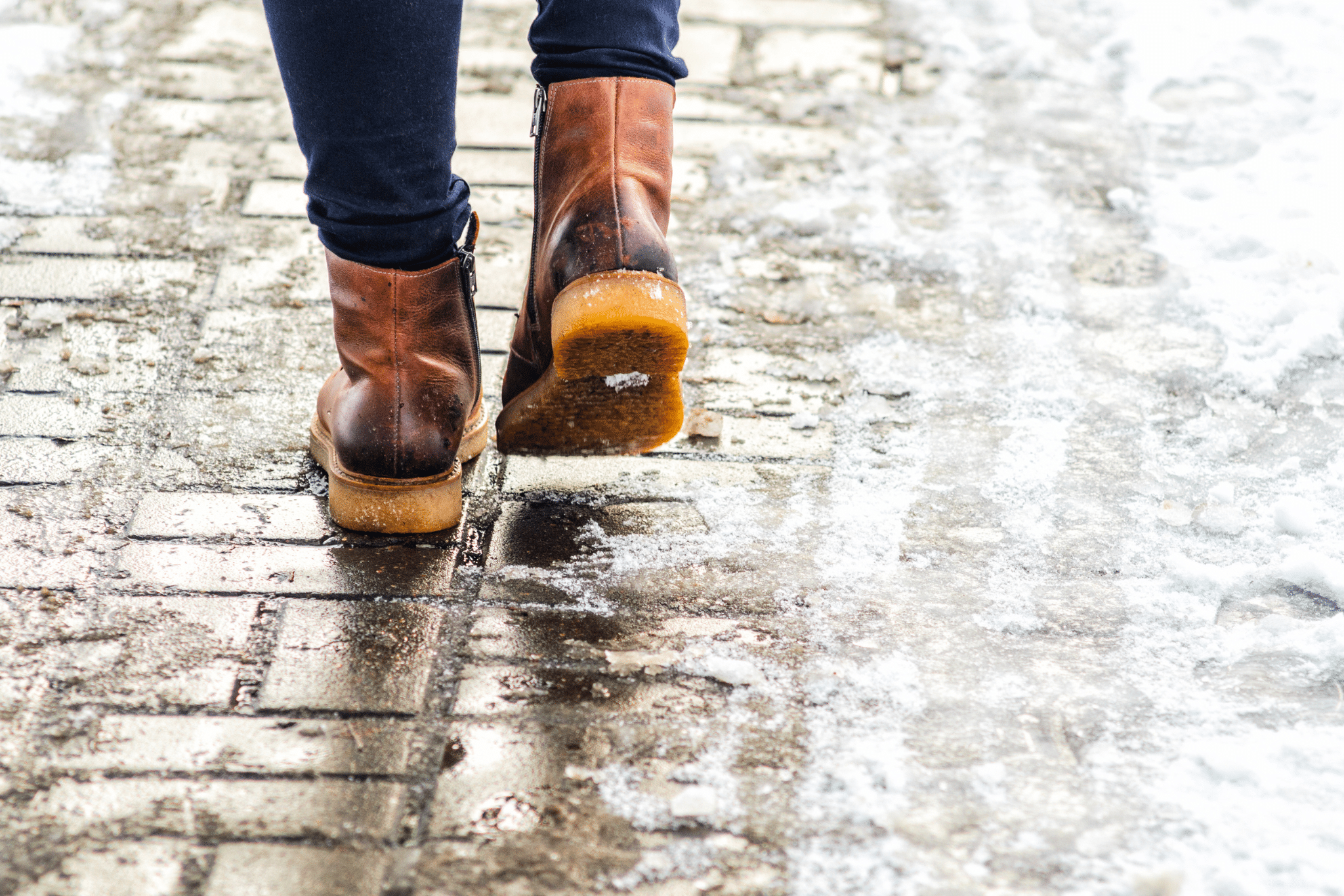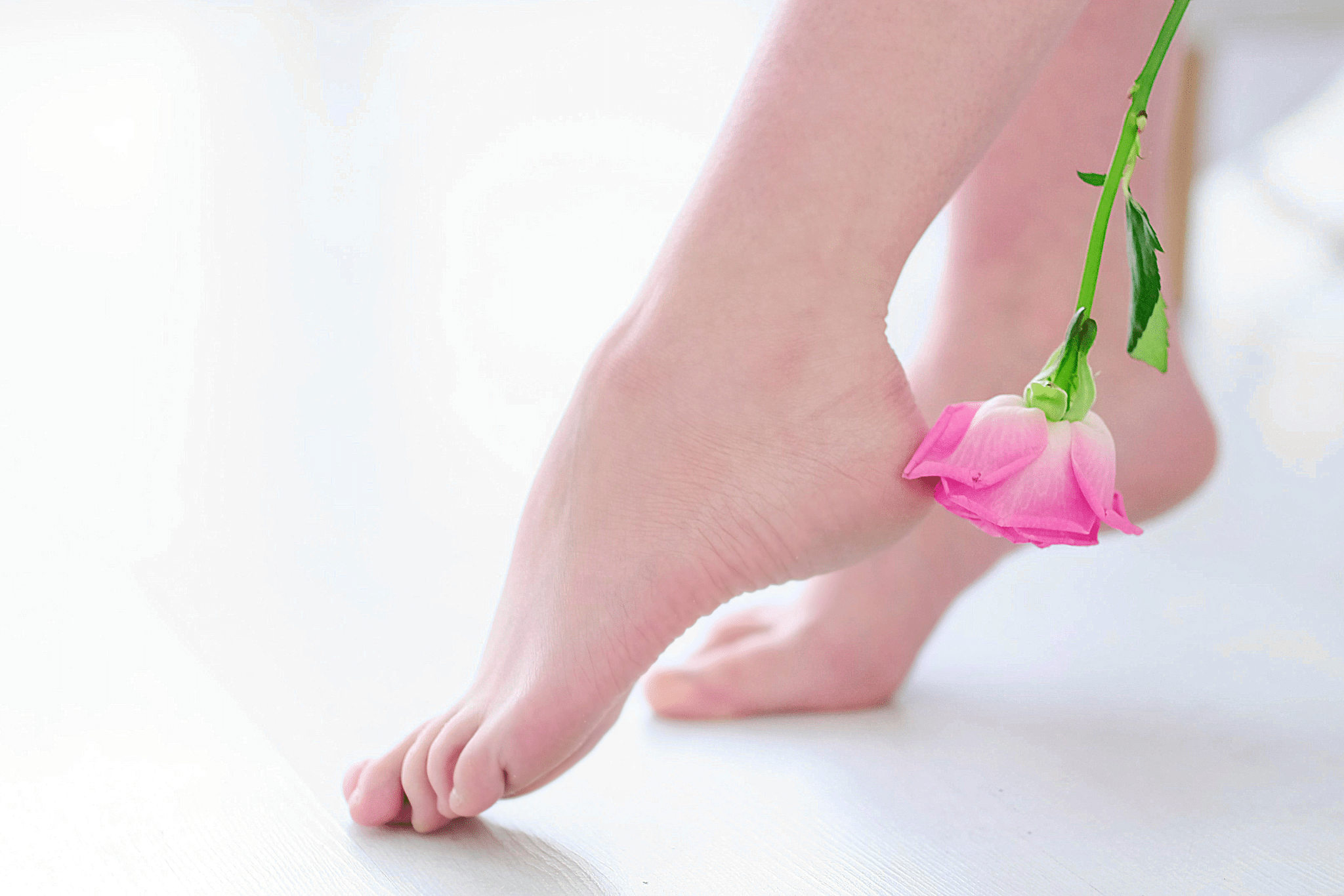Heel Pain Due to Winter Downtime
After a long winter, there’s nothing like stepping outside for a walk or run to soak up the warm spring weather. However, jumping into increased activity after months of low or no exercise can lead to heel pain. Understanding the causes and preventive measures of heel pain can help you enjoy springtime activities without discomfort.
Understanding Heel Pain After Winter Inactivity
Experiencing heel pain after long periods of inactivity, particularly during winter, is a common phenomenon. During the colder months, many people reduce their physical activity levels, leading to a variety of issues when they become more active again in the spring.
Understanding the underlying causes and taking preventive measures can significantly reduce the risk of heel pain and other related conditions.

Common Causes of Heel Pain
Heel pain can result from several conditions, including plantar fasciitis, Achilles tendinitis, and heel spurs. Here’s a quick summary of these conditions:
- Plantar Fasciitis: This condition involves inflammation of the plantar fascia, the thick band of tissue that runs from the heel to the toes. It is the leading cause of heel pain.
- Achilles Tendinitis: This occurs when the Achilles tendon, which connects the calf muscles to the heel bone, becomes inflamed.
- Heel Spurs: These are bony growths that develop on the heel bone and can cause significant pain, particularly when they press against the soft tissues of the foot.
How Winter Inactivity Exacerbates Heel Pain
Inactivity during the winter months can worsen these conditions due to muscle stiffness, weakened foot muscles, and reduced flexibility. When you suddenly increase your activity level in the spring, these pre-existing issues can flare up, leading to significant discomfort.
Factors Contributing to Heel Pain After Winter Inactivity
Reduced Physical Activity
During winter, many people engage in less physical activity, which can lead to several problems:
- Muscle Stiffness: Reduced activity levels can cause muscles to become stiff and less flexible.
- Weakened Foot Muscles: Prolonged inactivity can weaken the muscles in the feet, making them more susceptible to injury.
- Tightened Calf Muscles: Inactivity can cause the calf muscles to tighten and the Achilles tendons to shorten, increasing the strain on the plantar fascia.
- Poor Circulation: Lack of movement can lead to decreased blood flow to the feet, causing poor circulation and stiffness.
Changes in Footwear
Winter footwear choices can also contribute to heel pain
- Altered Foot Mechanics: Wearing thicker socks and supportive winter boots can change the mechanics of your foot and exacerbate existing foot conditions.
- Inadequate Arch Support: Many winter boots lack adequate arch support and cushioning, increasing pressure on the heels.
- Friction and Irritation: Prolonged use of tight or ill-fitting footwear during winter can cause friction and irritation, leading to heel pain.
Cold Weather Effects
Cold weather itself can have a negative impact on foot health
- Muscle and Joint Stiffness: Cold temperatures can cause the muscles and joints in the feet to become stiff, increasing the risk of injury.
- Increased Inflammation Risk: Exposure to cold weather can heighten the risk of inflammation, especially in individuals with existing foot conditions.
- Poor Circulation: Cold weather can reduce circulation, leading to numbness and discomfort in the feet.
Common Symptoms of Heel Pain
Heel pain often manifests as a sharp pain in the heel or arch of the foot. This pain can worsen with activity or prolonged periods of standing. Understanding these symptoms is crucial for early intervention and treatment.
Gradual Return to Activity
Easing back into physical activity after a period of inactivity is essential to prevent heel pain. Here’s how to do it effectively:
- Gradual Increase: Gradually increasing your activity levels helps prevent excessive strain on the feet and reduces the risk of injury.
- Listening to Your Body: Pay attention to any signs of discomfort and adjust your activity level accordingly.
Stretching and Strengthening Exercises
Incorporating stretching and strengthening exercises into your routine can help improve foot health:
- Stretching Exercises: Regularly stretching the calves and plantar fascia can improve flexibility and reduce the risk of injury.
- Strengthening Exercises: Strengthening the muscles in the foot and ankle helps stabilize these areas and prevent strain.
Proper Footwear Selection
Choosing the right footwear is crucial for preventing heel pain
- Supportive Footwear: Look for shoes with adequate cushioning and arch support to alleviate foot strain.
- Replacing Worn-Out Shoes: Ensure that your footwear is in good condition and replace shoes that have lost their support.
Warm-Up and Cool-Down Routine
Implementing a proper warm-up and cool-down routine can have a significant impact:
- Warm-Up Importance: Warming up before physical activity prepares your muscles for movement and reduces the risk of injury.
- Cool-Down Routine: Cooling down after activity helps prevent muscle stiffness.
- Dynamic Stretching: Incorporate dynamic stretching exercises into your routine to improve flexibility and circulation.

Adjust Your Diet
A holistic approach to addressing fungal toenails includes dietary adjustments. A healthy diet plays a crucial role in maintaining overall well-being, including the health of your nails. Incorporate foods rich in probiotics, such as yogurt and kefir, as well as those containing essential vitamins and minerals. These nutrients support your immune system, contributing to a healthier body and potentially aiding in the prevention of fungal infections.
Fungal toenails, though tricky, can be managed and improved with the right home remedies and a commitment to proper foot care. Experiment with these natural remedies, incorporate them into your daily routine and monitor your progress.
However, it’s essential to recognize that severe cases may require professional attention. If the infection persists or worsens, seeking expert care is crucial. Make an appointment with Waco Foot & Ankle, P.A. for personalized and effective treatment options tailored to your specific needs. With a combination of home remedies and professional guidance, you can take proactive steps toward healthier and fungus-free toenails.
